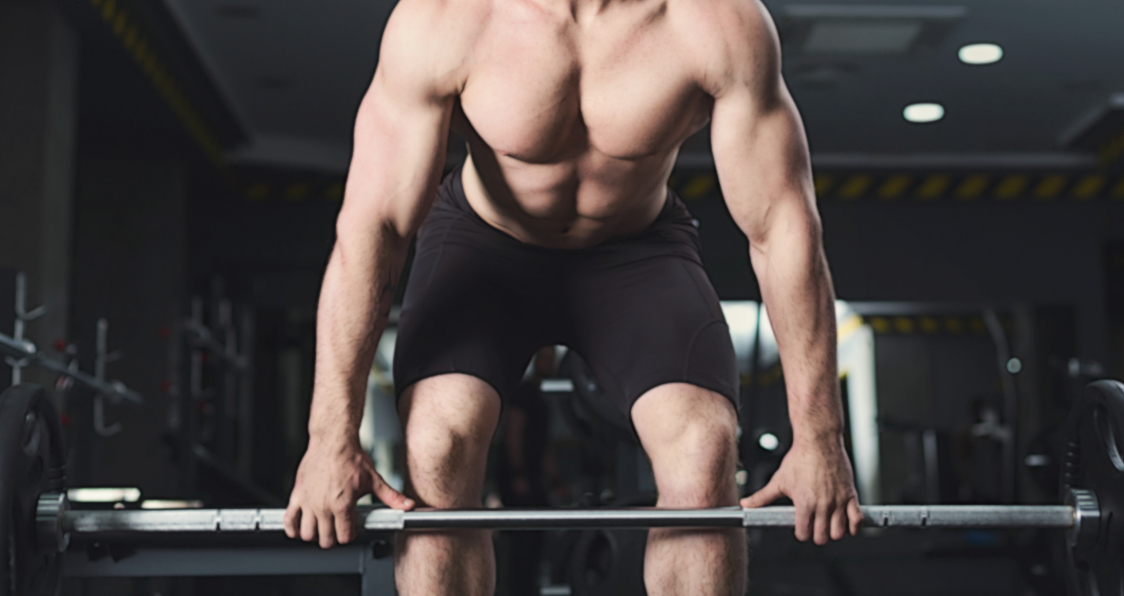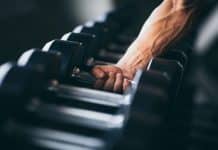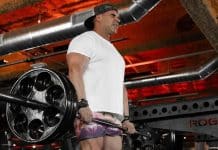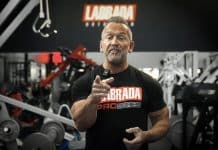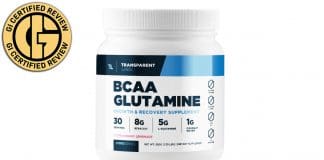
Are straight leg deadlifts killing your gains?
If you are looking to build solid muscle mass and strength to go along with it, then there is absolutely no doubt that the deadlift should be apart of your training routine. When you’re sifting through programs online or bring instructed by someone you met at the gym or a trainer that you hired, they will likely all tell you that the deadlift is going to send your strength skyrocketing. It is a full body exercise and can definitely put an emphasis on building up your lower back muscles as well as your legs, but that truly all depends on one thing. If you have poor form then you’re unlikely to see the gains you seek. Even more so, if you’re performing the wrong kind of deadlift then you can expect to do more harm than good when it comes to your gains overall. That being said, are you doing the straight leg deadlift?
Let’s break down the straight leg deadlift and see what benefits it actually brings, and whether or not this movement has a place in your training routine or if it should be left out.
What is the Straight Leg Deadlift?
The stiff leg deadlift has been thought to be the key to building powerful hamstring muscles, but in reality the movement simply may be taking away from the usefulness of the entire exercise. What does the exercise actually consist of? Well, straight-leg deadlifts are done with almost completely straight legs (hence the name), meaning there is no knee bend. Your hands are treated as hooks, and your hamstrings are used to get the weight up.
This is much different than conventional deadlifts, which are done with more bent legs, especially in the starting position, and use more of the quads and the upper body as well. The difference is most evident in the starting position, where the knee-bend is the greatest in the normal deadlift, and it recruits more of the upper body.
How to do the Straight Leg Deadlift
The straight leg deadlift is a pretty easy movement to do, so let’s break it down.
- Pick a barbell and load it up with the plates that you want to use, make sure the barbell is about halfway over your feet. Keep your feet shoulder-width apart.
- Take a deep breath in, and lean forward with only a slight bend in your knees, and grip the bar, using wrist straps can help with this movement as you won’t have to focus on grip strength and can use your hands as hooks.
- Hold your breath and brace your core (a weightlifting belt can help with this) and lift the bar.
- Keep your back straight and pull the bar until you are in a standing position, keep the bar close to you throughout the movement. “Paint your shins with the bar.”
- Lower the barbell slowly and controlled, do not slam it or throw it down, still keeping your legs straight.
- Repeat for reps.
Pros of the Straight Leg Deadlift
- Can overload the hamstrings
- Good stretch on the hamstrings
Cons of the Straight Leg Deadlift
- Can put a lot of pressure on the lower back
- Recruits more muscles than just the hamstrings
- Easy to compromise form
While the straight leg deadlift is great to overload the hamstrings and really get a good stretch, especially if you do it on a higher platform like standing on a weight plate or a box, it may not be the best for you. Yes, while the straight leg deadlift brings these benefits, it also brings the same amount of cons.
For one, the form is extremely easy to compromise, especially if you are going too heavy. Compromising form can lead to injury, as well as recruiting other muscles. That said, you also are putting a lot of pressure on the lower back during a straight leg deadlift. When you look at the pros and cons of the straight leg deadlift, you have to see if the risk to reward ratio makes it worth putting this exercise into your workout routine.
Enter: The Romanian Deadlift
Now let’s take a look at an alternative to the straight leg deadlift, the Romanian deadlift or RDL. This variation is very similar to the stiff-leg deadlift in form and the muscles worked. The key difference between these two lifts lies in the fact that the stiff-leg deadlifts usually start and finish with the barbell on the floor. In the Romanian deadlift, putting the barbell on the floor is not necessary at all, as you can reverse the rep before you hit the floor, and only put the bar back on the floor or on a power rack when you are finished your set, not after each rep. Not putting the barbell on the floor helps to keep tension on the hamstrings and glutes a bit more.
Pros of the RDL
The benefits are far more evident than it’s straight leg variant. Let’s take a look.
- The RDL allows for increased hamstring and glute strength which will help to improve overall posterior chain strength and in the long run will enhance squats and regular deadlifts.
- Mastering the hip hinging motion is the absolute most important aspect of this movement.
Cons of the RDL
- Like the straight leg deadlift, the RDL also puts some stress on the lower back
- May still recruit other muscle groups
Straight Leg Deadlifts vs. Romanian Deadlifts: Which Belongs in Your Split?
So which one belongs in your workout routine? This is up to you, but you need to take all factors into consideration. Take a look at the pros and cons of each movement, as well as your overall capabilities. For more emphasis on the hamstrings, you should look at isolation exercises like the lying hamstring curl, a favorite of bodybuilding legend Tom Platz, who was known for his insane leg days.
The Best Barbell for Any Deadlift
When it comes to any variation of deadlifting, you want a reliable barbell that does not slip out of your hands or tear them up. That being said, we would recommend the Iron Bull Strength Competition Barbell for all of your needs.
Take down any workout with this amazing piece of equipment. From barbell squats to bicep curls, the Iron Bull Strength Competition Barbell is the piece of equipment you need.
The Iron Bull Strength Competition Barbell is our favorite piece of equipment when it comes to deadlifting, as it boasts a set of features that make it stand out in the competitive market of fitness equipment. Made of high-quality stainless steel construction, this barbell is made to be durable and last a long time, so you know you will be hitting those PRs for as long as you can.
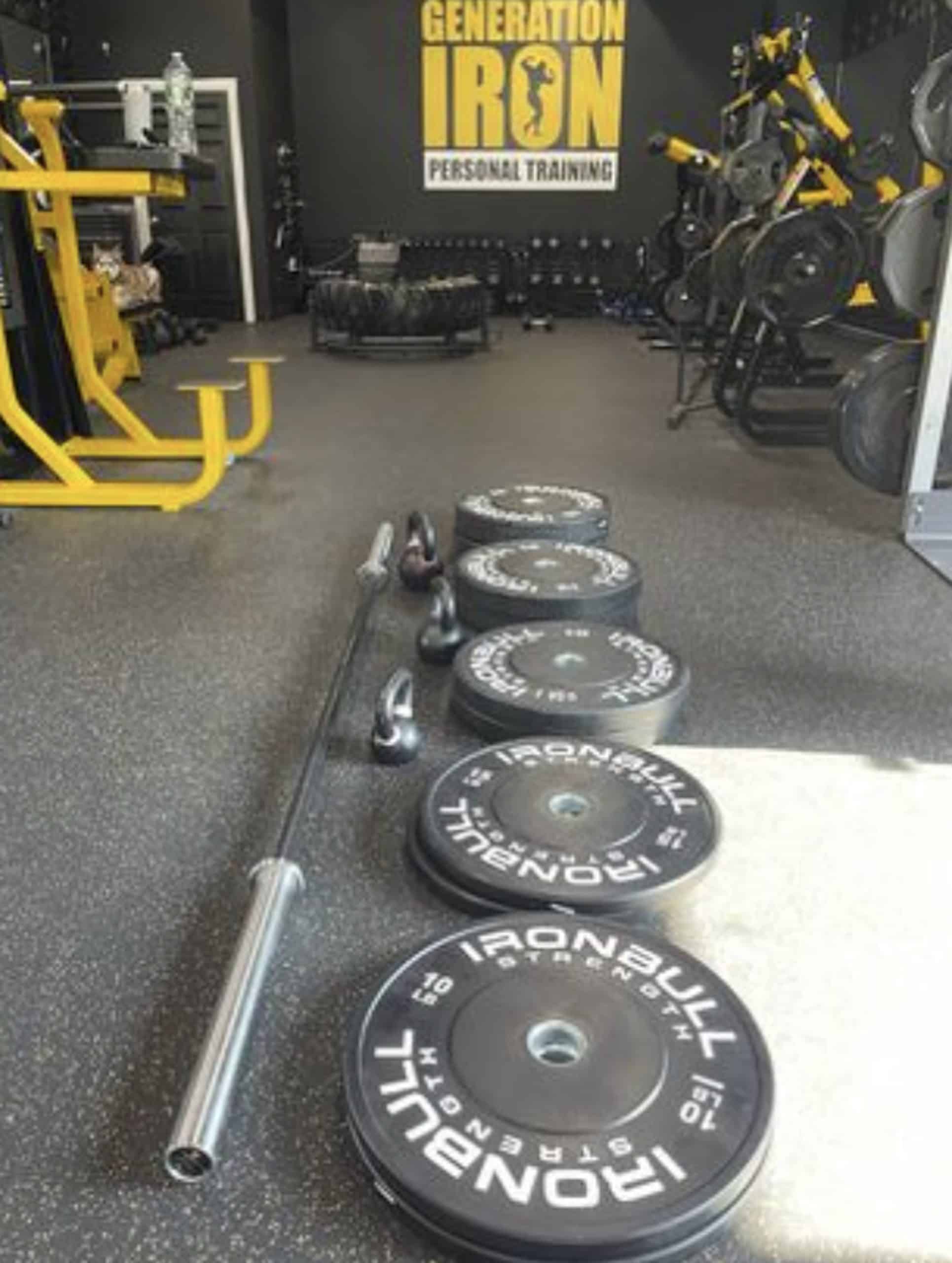
The bar typically comes with a specified weight capacity, and users appreciate the reliability of the barbell in handling heavy loads, so feel free to hit your deadlift PR without any hesitation. Aside from that, it is known for its well-defined and consistent knurling pattern, providing users with a secure grip without causing discomfort or abrasion to the hands. When it comes to bar whip, and the Iron Bull Strength Competition Barbell strikes a balance that caters to a broad range of users with its 200,000 PSI stainless steel precisely engaged for the perfect whip.
Price: $325
Check out the full review for the Iron Bull Strength Competition Barbell here!
Wrap Up
Overall, straight leg deadlifts are great for overloading your hamstrings. However, they have their cons, and perhaps the Romanian deadlift is a bit better for a hamstring exercise.
Do you perform Romanian deadlifts? Let us know! Also, be sure to follow Generation Iron on Facebook, Twitter, and Instagram.



